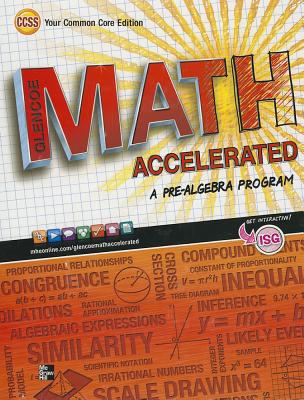
Concept explainers
To calculate:The mean and the interquartile range of a real-world data set. Also to compare and describe any differences in the mean and the interquartile range for with and without the outliers.
Answer to Problem 12HP
For the real-world data set
The mean with the outlier (60) = 17.5.
The interquartile range with the outlier (60) = 13.
The mean without the outlier (60) = 12.7.
The interquartile range without the outlier (60) = 11.5.
Explanation of Solution
Given information:The real-world data set must have at least 8 values and one or more outliers.
Formula used:
For a given set of data
The Mean of a given set of values is the average of the given set of values.
The Median of a given set of values is the middle value of the ordered set.
Calculation:
The real-world data set is given below
Number of Cafe in different regions of a state are shown below
| Region 1 | Region2 | Region 3 | Region 4 | Region 5 | Region 6 | Region 7 | Region 8 | Region 9 | Region 10 | |
| Number of Cafe | 4 | 6 | 8 | 10 | 13 | 15 | 16 | 21 | 22 | 60 |
First the outliers are found in the given data, for that the interquartile range is required. So the outliers and the interquartile range are given by:
The mean and the interquartile range with the outlier are
The mean and the interquartile range without the outlier are
By comparing equation (1) & (2) it can be observed that the mean has decreased by
By comparing equation (3) & (4) it can be observed that the interquartile range has decreased by
Hence for the real-world data set
The mean with the outlier(60) =17.5.
The interquartile range with the outlier (60) = 13.
The mean without the outlier (60) = 12.7.
The interquartile range without the outlier (60) = 11.5.
Chapter 10 Solutions
Glencoe Math Accelerated, Student Edition
Additional Math Textbook Solutions
University Calculus: Early Transcendentals (3rd Edition)
Thomas' Calculus: Early Transcendentals (14th Edition)
Calculus: Early Transcendentals (3rd Edition)
 Calculus: Early TranscendentalsCalculusISBN:9781285741550Author:James StewartPublisher:Cengage Learning
Calculus: Early TranscendentalsCalculusISBN:9781285741550Author:James StewartPublisher:Cengage Learning Thomas' Calculus (14th Edition)CalculusISBN:9780134438986Author:Joel R. Hass, Christopher E. Heil, Maurice D. WeirPublisher:PEARSON
Thomas' Calculus (14th Edition)CalculusISBN:9780134438986Author:Joel R. Hass, Christopher E. Heil, Maurice D. WeirPublisher:PEARSON Calculus: Early Transcendentals (3rd Edition)CalculusISBN:9780134763644Author:William L. Briggs, Lyle Cochran, Bernard Gillett, Eric SchulzPublisher:PEARSON
Calculus: Early Transcendentals (3rd Edition)CalculusISBN:9780134763644Author:William L. Briggs, Lyle Cochran, Bernard Gillett, Eric SchulzPublisher:PEARSON Calculus: Early TranscendentalsCalculusISBN:9781319050740Author:Jon Rogawski, Colin Adams, Robert FranzosaPublisher:W. H. Freeman
Calculus: Early TranscendentalsCalculusISBN:9781319050740Author:Jon Rogawski, Colin Adams, Robert FranzosaPublisher:W. H. Freeman
 Calculus: Early Transcendental FunctionsCalculusISBN:9781337552516Author:Ron Larson, Bruce H. EdwardsPublisher:Cengage Learning
Calculus: Early Transcendental FunctionsCalculusISBN:9781337552516Author:Ron Larson, Bruce H. EdwardsPublisher:Cengage Learning





